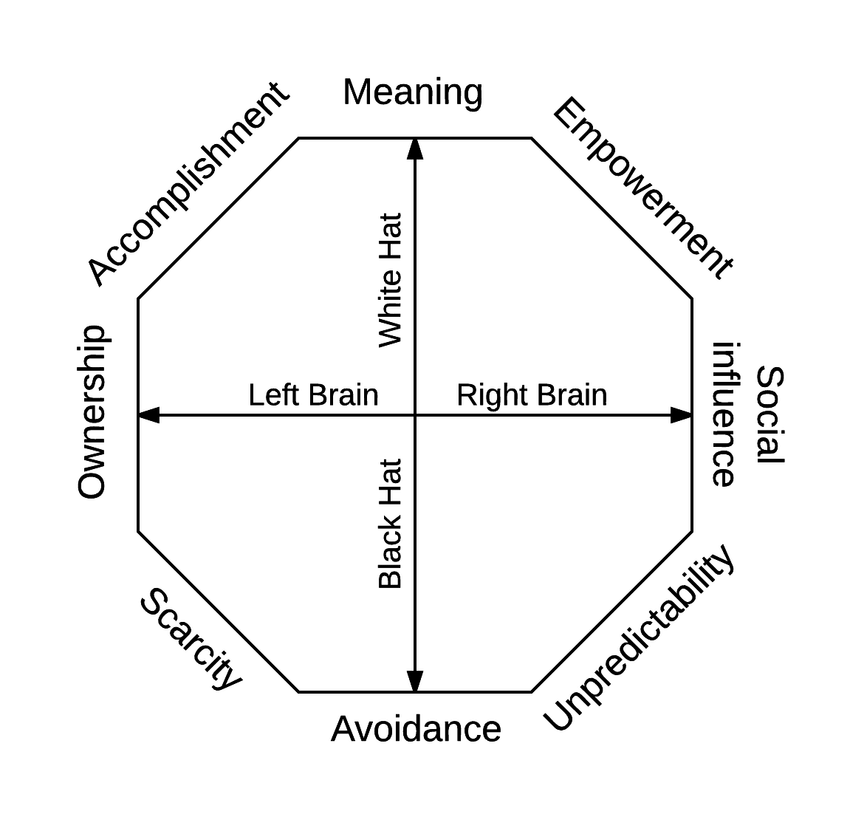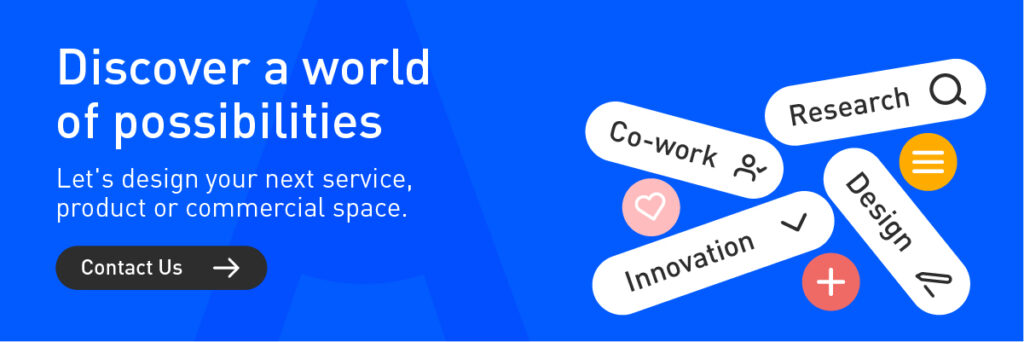Gamification has become a key tool for improving user retention and engagement in digital experiences. In this article, we explore how to implement game elements in user interfaces to create more attractive, memorable, and effective experiences that keep users engaged in the long term.
What is Gamification?
Gamification is the application of game-like elements, such as points, levels, rewards, and challenges, in non-game contexts. In UX/UI design, these elements are used to encourage desired behaviors, enhance user satisfaction, and increase user retention.
Its success depends on a strategic balance between:
- Behavioral psychology: Understanding what motivates users.
- Emotional design: Creating experiences that generate positive emotions.
- Information architecture: Organizing the interface intuitively.
- Key benefits of gamification:
- Increased user retention: Encourages repetition and habit formation.
- Higher engagement: Incentivizes interaction through strategic rewards.
- Improved user experience: Transforms tedious processes into fun and intuitive interactions.
- Boosted conversion rates: Motivates registrations, purchases, or key interactions.
The Octalysis Framework: The Science Behind Engagement
Developed by Yu-kai Chou, a pioneer in gamification, the Octalysis Framework identifies eight core drivers of human motivation. Here’s how to apply them in UX/UI design:

The Octalysis Framework (Adapted from Göschlberger, B., & Bruck, P. A. Gamification in mobile and workplace integrated microlearning).
1. Epic Meaning and Calling
Users engage more when they feel part of something meaningful. Example: Duolingo creates a learning “mission” with challenges and achievements.
2. Development and Accomplishment
Progress bars, levels, and challenges create a sense of advancement. Example: LinkedIn uses a progress bar to encourage profile completion.
3. Empowerment of Creativity and Feedback
Allowing customization and providing immediate feedback keeps users interested. Example: Filters and stickers on Instagram foster creativity.

4. Ownership and Possession
Users engage more when they feel ownership over something. Example: Digital rewards and collectibles in apps like Habitica.
5. Social Influence and Relatedness
Social validation and competition drive engagement. Example: Leaderboards and challenges in apps like Nike Run Club.
6. Scarcity and Impatience
Exclusive or time-locked content generates desire. Example: Instagram Stories that disappear after 24 hours.
7. Unpredictability and Curiosity
Surprises and random rewards maintain interest. Example: The TikTok feed, which is based on unexpected content.
8. Loss and Avoidance
The fear of losing progress motivates action. Example: Duolingo notifies users when a streak is about to be lost.

Duolingo UI Screens. Image courtesy of How they Grow.
Common Mistakes When Applying Gamification in UX/UI
If gamification is not implemented correctly, it can become irrelevant or even annoying. Here are some common mistakes and how to avoid them:
- Rewards without value: Rewards must provide real benefits to maintain user interest.
- Excessive complexity: Gamification should be intuitive and easy to understand.
- Over-reliance on external incentives: If rewards disappear, engagement may drop.
- Excessive reminders: Notifications about lost streaks or pending tasks can be counterproductive.
- Lack of real value: If gamification doesn’t add value, it becomes a distraction.
- Oversaturated rewards: Users should feel they’ve earned the rewards.
- Forced gamification: It shouldn’t feel artificial or overly complex.
Conclusion: Gamification as an Advanced UX/UI Strategy
Gamification is not just an entertainment tool but an advanced strategy based on neuroscience, behavioral psychology, and interaction design. When implemented correctly, it can transform the user experience, increase retention, and improve engagement.
Ready to implement gamification in your digital product? At Blaster Design, we help you create interactive, efficient, and memorable experiences. Contact us today and discover how we can take your product to the next level.